I'm working through the exercises of Art of Electronics and exercise 1.21 asks to calculate how big a fuse a circuit (full-wave rectifier using a center-tapped transformer) needs to be. The current is a square wave alternating between 0 and 2A with 4K Hz with a duty cycle of 50%. The exercise makes a remark that the because of a long thermal time constant, the fuse will respond to the value \$I^2\$ averaged over time. That should be 2A then.
However, if I look at the answers at https://milesdai.github.io/TAoE3Solutions/data/taoe3-solutions.pdf, it states that the answer should be calculated using the RMS function:
My understanding is that the point of the RMS function is to calculate the area under the wave, and that the standard RMS function applies to the sine waves. Wikipedia seems to confirm this.
Could you help me understand what I'm missing?



